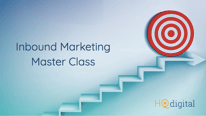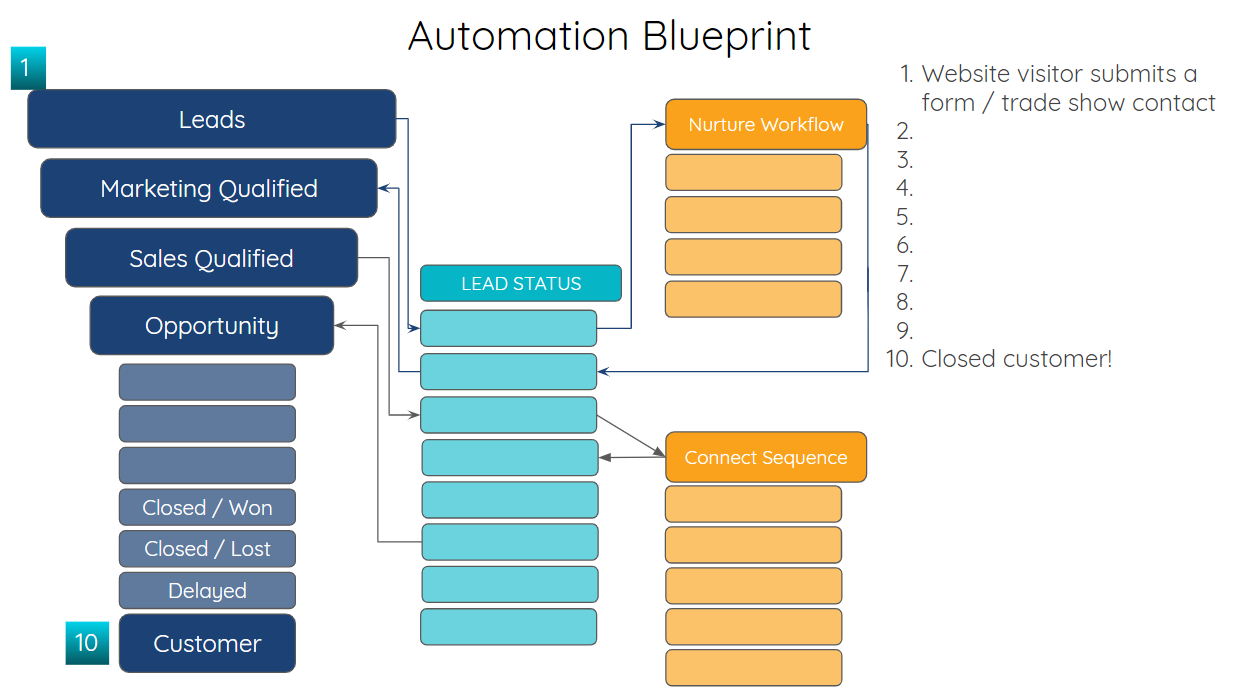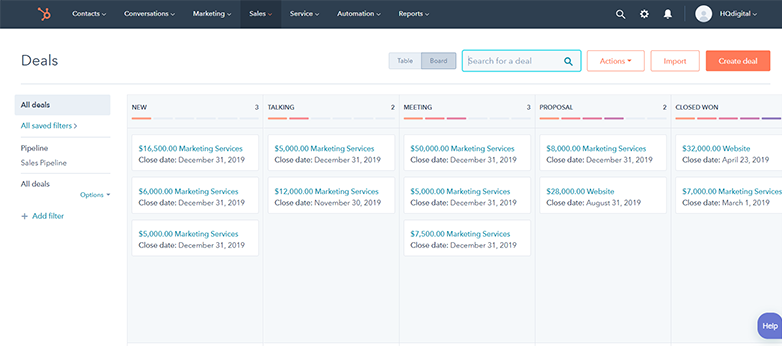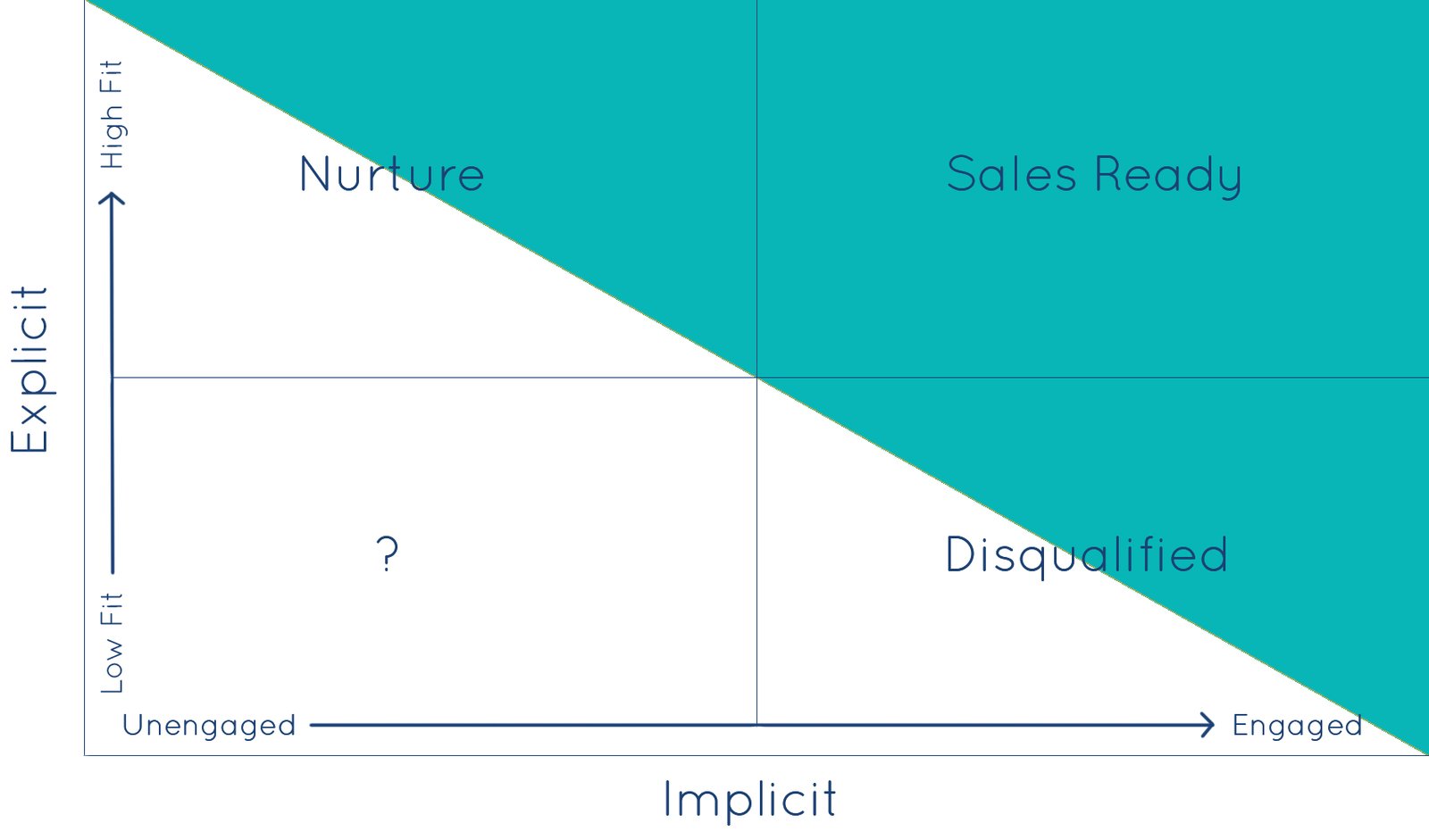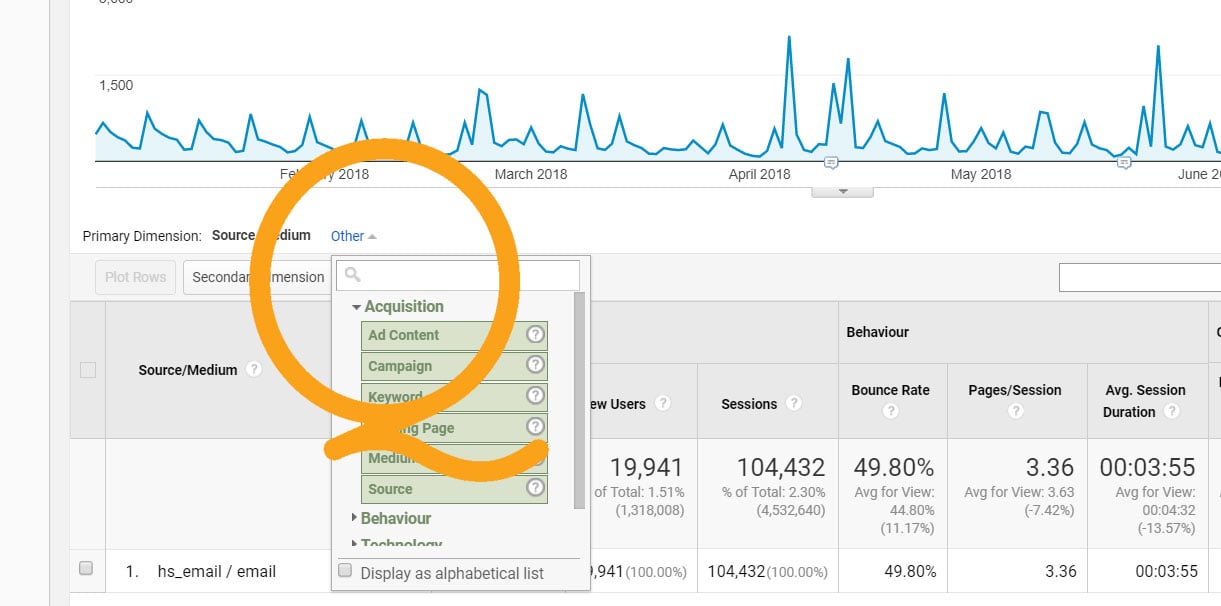
No matter your organization or industry, your website is the digital epicenter of marketing and sales activity.
How do you ensure that your website not only speaks clearly and directly to your target audience, but that it also actually influences their behavior, getting them to convert on a form or complete another desired action established by your marketing team?
These five steps will outline a blueprint to develop an inbound website - one that will be irresistible to your target customers.
Step 1. Know exactly who you're talking to
It's amazing - even in today's era of ultra-personalized, hyper-targeted marketing, many organizations don't actually have a clearly defined idea of who they're trying to attract. Amazing, but oh so true.
Fortunately, by developing and documenting target buyer personas, this is an easy obstacle for your marketing and/or sales team to overcome.
Developing target buyer personas involves creating a handful of semi-fictitious characters who represent your ideal target customers. Doing so removes the abstract nature of your marketing strategy and creates a better connection and understanding of what your audience cares about and the questions they might be asking themselves.
When developing your personas, be sure to include the following:
- Pertinent personal demographic information - age, gender, and education level
- Professional demographic data - job title, role, and responsibilities
- Psychographic information - challenges they face, pain points they experience, problems they are tasked with solving, fears, and potential obstacles to achieving their goals
- Content consumption preferences and trends - what social media networks do they use, which blogs do they read, and which email newsletters do they subscribe to?
- The stage of the buyer's journey where you will target them
Step 2. Customize your messaging and imagery to your target audience
Once your team has a good understanding of who they are trying to reach, leverage this information to craft messaging that speaks directly to this audience. An inbound website uses messaging that is entirely prospect-focused, so include language and images that will let your target audience see themselves in your website.
Be sure to include language that helps your target audience visualize themselves solving a problem or pain point they're facing. Behavioral science studies show that simply by viewing an image of a person accomplishing a goal, people's brain activity will mimic the person having accomplished that same goal. Make use of this with positive imagery and messaging.
Weave your tailored messaging throughout your entire inbound website, infusing new messaging into any existing copy so that your website flows together as one cohesive narrative.
Step 3. Tell them exactly what to do
Don't be shy when it comes to telling your website visitors what to do. As a marketer, you need to leave as little up to chance as possible - tell your inbound website users exactly what actions you want them to take when they arrive at your website. You can do this in quite a few ways.
Clear CTAs
Include at least one clear and compelling call-to-action (CTA) on every page of your site. Your CTAs should be relevant and contextual, offering content that is related and useful to your target visitor as they consume content on your site. Make sure that CTAs are always action-oriented and that they stand out visually on the page.
Multiple conversion points
It wasn't long ago that corporate websites often included just one prominent opportunity for a user to convert - a form that lived on a "Contact Us" or "Contact Sales" page. Today, most companies have expanded to offer multiple conversion points, but that still isn't enough in many cases.
Right now, your future customers are at all different stages of their buying journeys, solving different problems, and asking a variety of questions. Most are simply not ready to talk to your company about making a sale.
So instead, meet your buyers where they are in their journey. Create many different conversion points on your website by offering all different types of targeted content throughout your site, such as whitepapers, infographics, webinars, case studies, demos, etc.
Another easy way to add an additional conversion point is to leverage a chat function. Anyone who has browsed the web in the last year or two has surely noticed an uptick in the prevalence of chat functions, usually popping up on the lower right-hand side of our screens. Chat boxes are a great way for marketing teams to capture visitor information, right there on the page, in real time. Visitors like it because it's a direct route to get questions answered and save precious time.
Your chat can be manned by a live person or automated with programming logic. Many platforms are available to set you up on live chat fairly quickly. Our favorites right now are Drift and HubSpot.
Buttoned-up conversion paths
The third element of successful conversion optimization is making sure that your entire conversion path is fully thought through and buttoned up. This means not only using clear, compelling CTAs that make it obvious for users what they're supposed to do, but also taking the time and effort to streamline the rest of the journey for your new lead, both pre- and post-conversion. Here are a handful of considerations to keep in mind:
- Use CTAs to lead users to conversion-optimized landing pages
- Streamline forms and form fields to maximize conversion
- Eliminate distractions and other friction points for users
- Develop optimized confirmation pages
- Make effective use of secondary CTAs post-conversion
- Leverage smart or dynamic content for known leads who return to your site
Step 4: Feature educational resources
An inbound approach to digital marketing means putting a focus on educational resources, which should be featured prominently on your website. Inbound websites almost always include a blog, which is updated regularly with unique, useful content, as well as a robust resources center.
Elevate your educational content so that it's easily accessible to all of your website visitors. Make your resources easy to consume and sift through. And, of course, make sure all of your resources and articles are highly targeted and pain-focused.
Adding videos is another essential component, as this will improve both your search engine ranking and your time on site for visitors. Consider organizing your resources into a separate searchable and sort-able section of the website.
Step 5: Refuse to talk about yourself
An inbound website focuses exclusively on solving the pain points and problems of its target audience. There's no room for a self-centered perspective. Inbound websites use language like "you" and "yours," not "we" and "our."
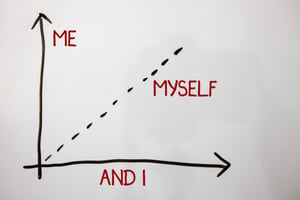
If you're unsure, try this: In red, circle any language on your website that refers to your brand, your company, your company's leadership, etc. Here are some examples:
- "About Us"
- "Why [Your Brand Name]"
- Hear what our customers have to say about us!
- (We're) celebrating 50 years in business!
- (Our) Leadership
- A History of Innovative, Amazing Solutions
Don't get me wrong - these elements can still be valuable on a website. However, to truly take an inbound approach with your site, you need to make sure that prospect- and customer-focused language substantially outweighs any self-talk. Think cautiously about where to put the internally focused messaging.
Want to learn more about leveraging the inbound marketing methodology to drive traffic, leads, and revenue for your business? Register now for our free Inbound Marketing Master Class, launching in August 2019. Click below to sign up now!


